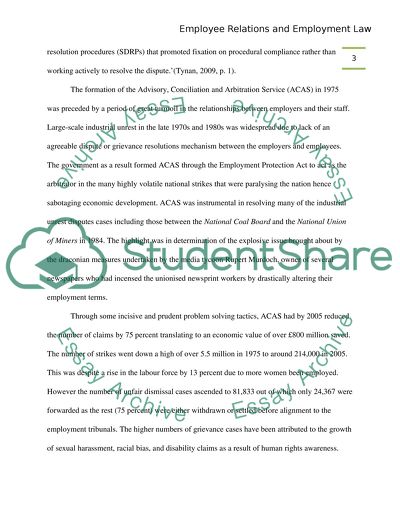Cite this document
(Employee Relations and Employee Law Coursework Example | Topics and Well Written Essays - 2000 words, n.d.)
Employee Relations and Employee Law Coursework Example | Topics and Well Written Essays - 2000 words. Retrieved from https://studentshare.org/law/1554652-employee-relations-and-employee-law
Employee Relations and Employee Law Coursework Example | Topics and Well Written Essays - 2000 words. Retrieved from https://studentshare.org/law/1554652-employee-relations-and-employee-law
(Employee Relations and Employee Law Coursework Example | Topics and Well Written Essays - 2000 Words)
Employee Relations and Employee Law Coursework Example | Topics and Well Written Essays - 2000 Words. https://studentshare.org/law/1554652-employee-relations-and-employee-law.
Employee Relations and Employee Law Coursework Example | Topics and Well Written Essays - 2000 Words. https://studentshare.org/law/1554652-employee-relations-and-employee-law.
“Employee Relations and Employee Law Coursework Example | Topics and Well Written Essays - 2000 Words”. https://studentshare.org/law/1554652-employee-relations-and-employee-law.


